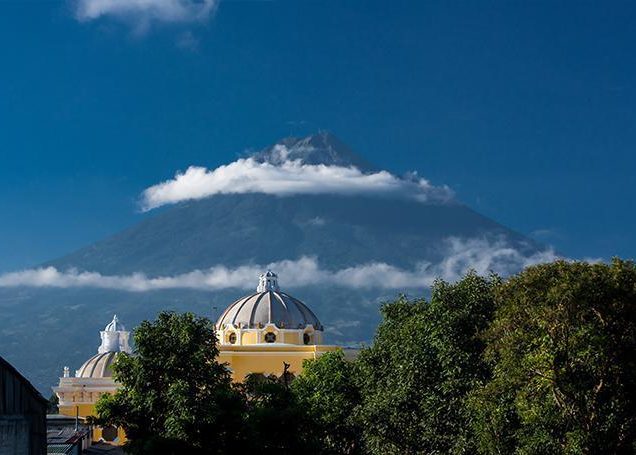

Take an adventure to Guatemala! This fascinating country is bordered by Mexico, Honduras, Belize and El Salvador, not to mention two oceans! Antigua is one of the most delightful post-colonial towns in Central America.
Enjoy traditional music, architecture, and art. Guatemala boasts ornate churches and convents, beautiful parks and plazas, cafés, and fabulous restaurants and bars. All of this surrounded by awe-inspiring volcanoes.
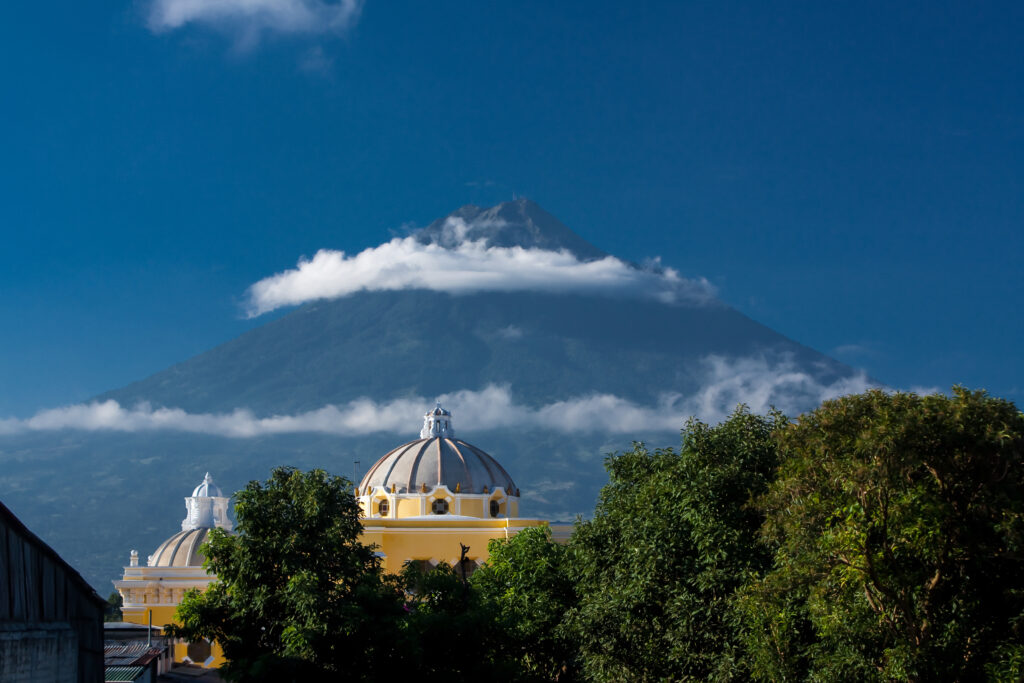
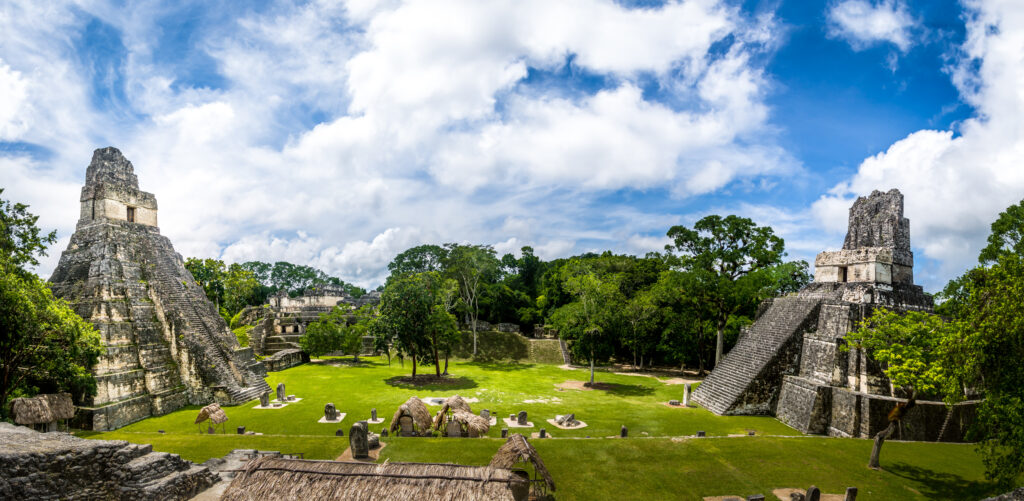
The northern town of Flores is the perfect base for exploring Tikal, the greatest city of the Maya world.
Tikal, an ancient Mayan city and a UNESCO World Heritage Site, is situated in the Petén Basin of northern Guatemala. It was a pivotal political, economic, and military centre for the Maya civilisation during the Classic Period (roughly 200 to 900 AD). The city’s historical significance is underscored by its impressive temples, pyramids, and other structures, many of which are still partially shrouded by the dense, surrounding jungle.
Check out this fantastic 17-day tour with G Adventures or this 8-day tour via TourRadar.
Alternatively, contact us and we can help you find the best tailor-made option.
The ancient Maya civilisation of Guatemala existed for almost four thousand years. It was known for its sophisticated writing system, advanced astronomical knowledge and of course, its amazing architecture.
The civilisation was still in existence when the Spaniards conquered and took control of what is now called Guatemala in 1524. Guatemala gained independence from Spain in the early 1820s and became a republic in 1847.
In 1996, a long-running civil war ended when a series of agreements were signed between the Guatemalan government and guerrilla insurgents. Over its 36-year history, the war is thought to have claimed the lives of an estimated 200,000 people.
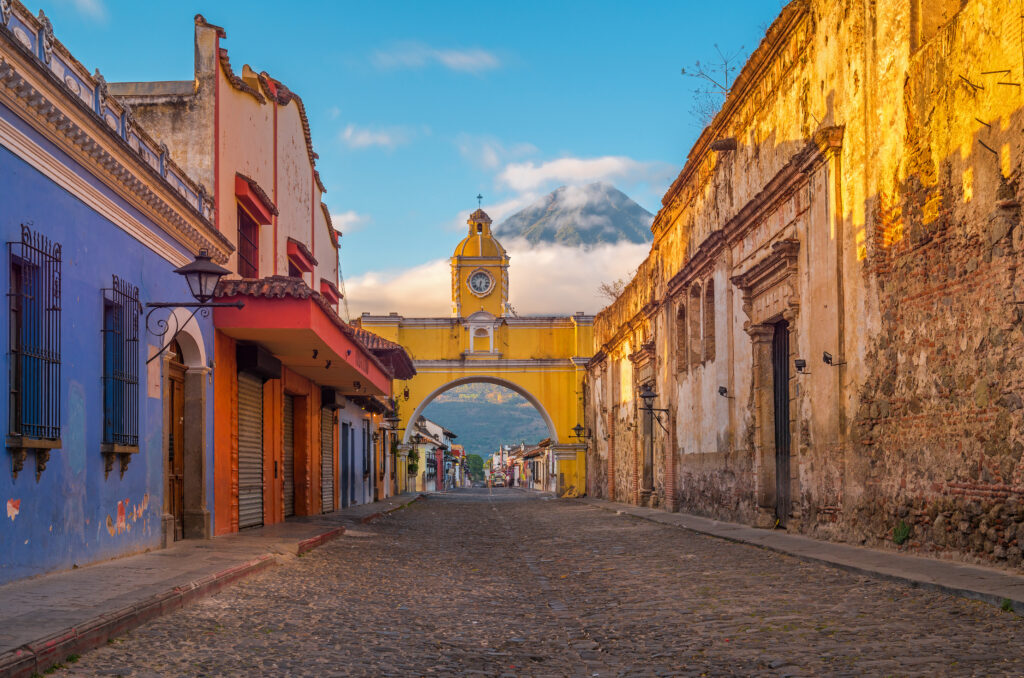
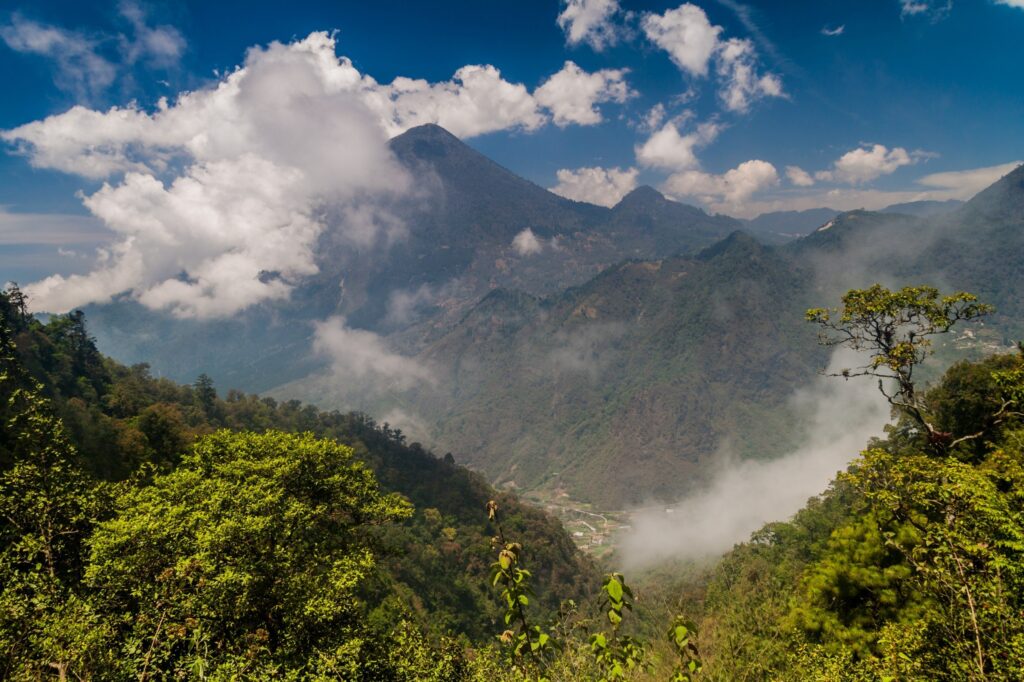
There is a rainy season throughout Central America, which starts around May/June and lasts until September, and even sometimes October.
Don’t be put off by the term rainy season, as this generally only means sporadic downpours a couple of times a day. Of course, there are times when this is not the case, but it is fairly rare for continual rain to persist. The only place where rain is almost guaranteed is Rio Dulce, in the middle of the rainforest. Here, the rainy season sometimes continues till February!
The temperatures in Guatemala are similar to those in other northern hemisphere countries, where it’s warmer in summer (July/August) and cooler in winter (December/January).
In the Guatemalan Highlands, temperatures at night are quite cool. Generally, the hottest time in Guatemala will be the months of April to May, before the rain comes!
Visit www.worldclimate.com to get an idea of what the weather will be like on your tour.
Some scholars believe that ‘Guatemala’ means “land of the trees”; others translate it to “land of the vomiting water.” The former refers to the vibrant jungle, the latter to the volcanoes.
The jungles, particularly in the Petén region, are renowned for their dense rainforests and biodiversity. Not least the Lacandon Jungle and the Maya Biosphere Reserve.
Although their numbers are decreasing, it is possible to spot a jaguar in the wild, with most living within the Maya Biosphere.
The Resplendent Quetzal is a beautiful national bird that prefers the jungle canopy.
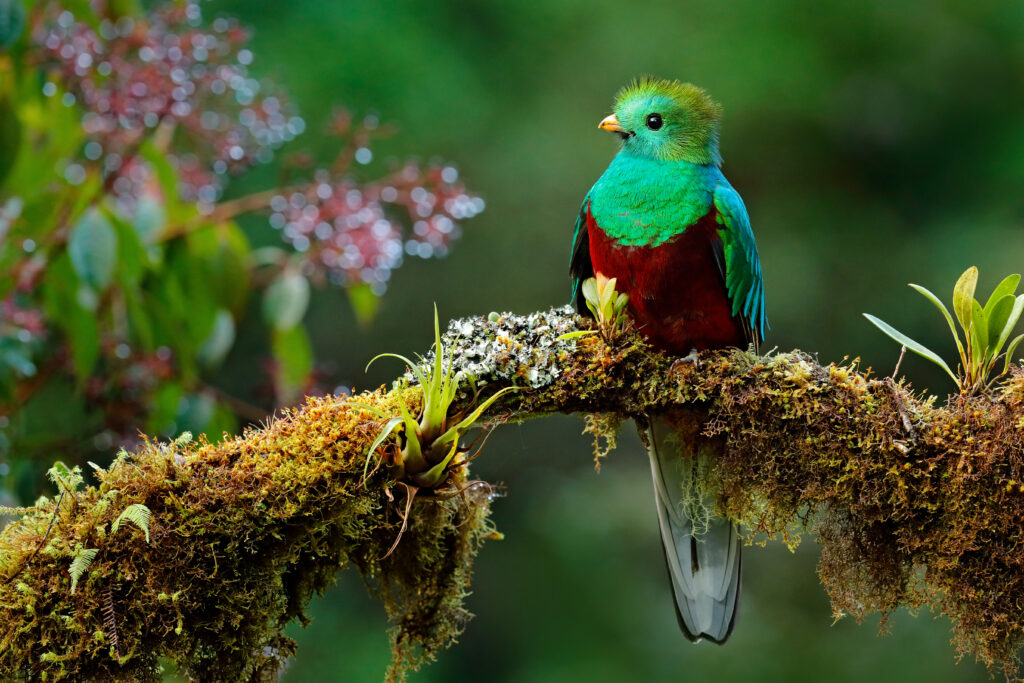
Most nationals do not need a visa to enter Guatemala, but it is important to check the rules for your nationality with your nearest embassy or consulate. Entry is granted on production of a passport valid for more than 6 months and proof of funds to support yourself (although proof not usually requested).
You will probably be asked to fill out an immigration card. A copy of this card should stay in your passport until you exit the country.
The monetary unit in Guatemala is the quetzal, named after the national bird. For up-to-date exchange rates with your own currency visit www.oanda.com or www.xe.com.
US dollars are accepted for some purchases in Guatemala, however you will need quetzales for most purchases. In Guatemala you will never be able to use US dollar notes which are torn or marked even slightly.
Remember that once out of Guatemala you will generally not be able to use or exchange quetzales (except at the border towns). Therefore you must make sure you spend/exchange/donate any left-over money before leaving the country.
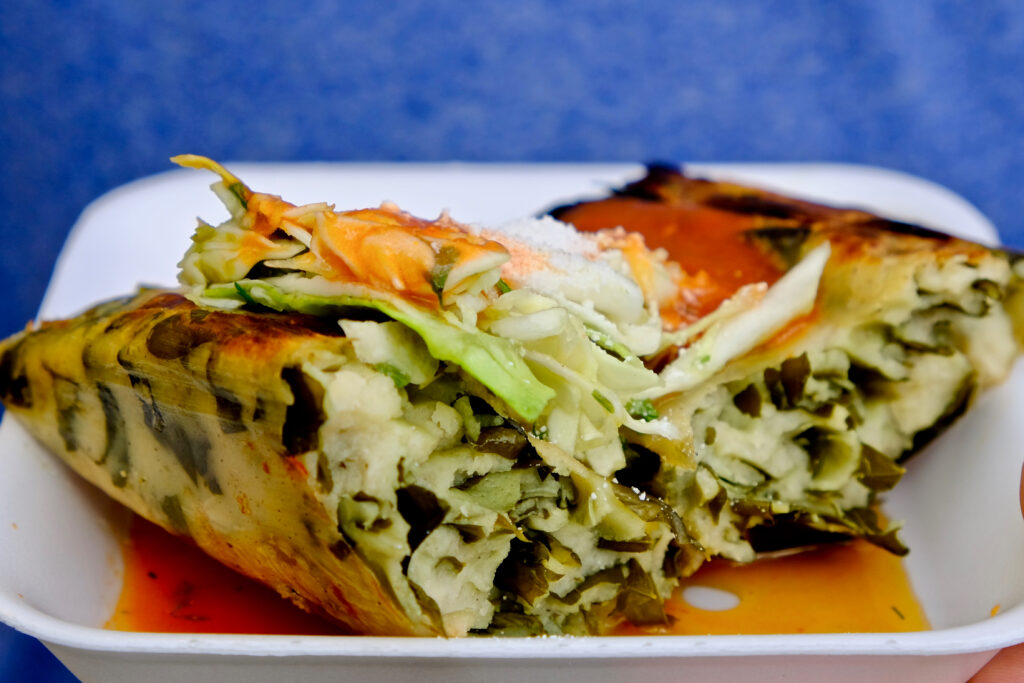
Guatemalan food is as tasty as it is varied.
A meal for two in a moderate restaurant will cost approximately USD$ 50 (Q400). A bottle of domestic beer costs around USD$ 5 (Q25).
With so much to choose from, we have just listed a few of our favourites.
Bistec or Pollo Asado – Beef steak or grilled chicken. These are everyday meals served with tortillas, rice, spring onion, white cheese, and salad.
Tamales – Bundles of joy wrapped in banana leaf. Traditional tamales may be filled with meat or vegetables, but you can fill yours with anything you like! They are always going to taste superb.
… which we do, then you may prefer Platanos – Fried plantain topped either with sugar, cream or both. Cheap, filling and fun.
Guatemalan fruit is always delicious. Try one of the many juice stands and ask for a “liquado de fruta” (fruit smoothie) or “jugo de naranja y zanahoria” (orange & carrot). Papaya, melon, watermelon, mango, and pineapple are very popular, but you can also get fun things like celery, beetroot, & chaya (a spinach-like leaf). Liquados can be made with either water or milk. Always specify if you don’t want sugar (“sin azucar”).
Read more about our favourite dishes across Central America
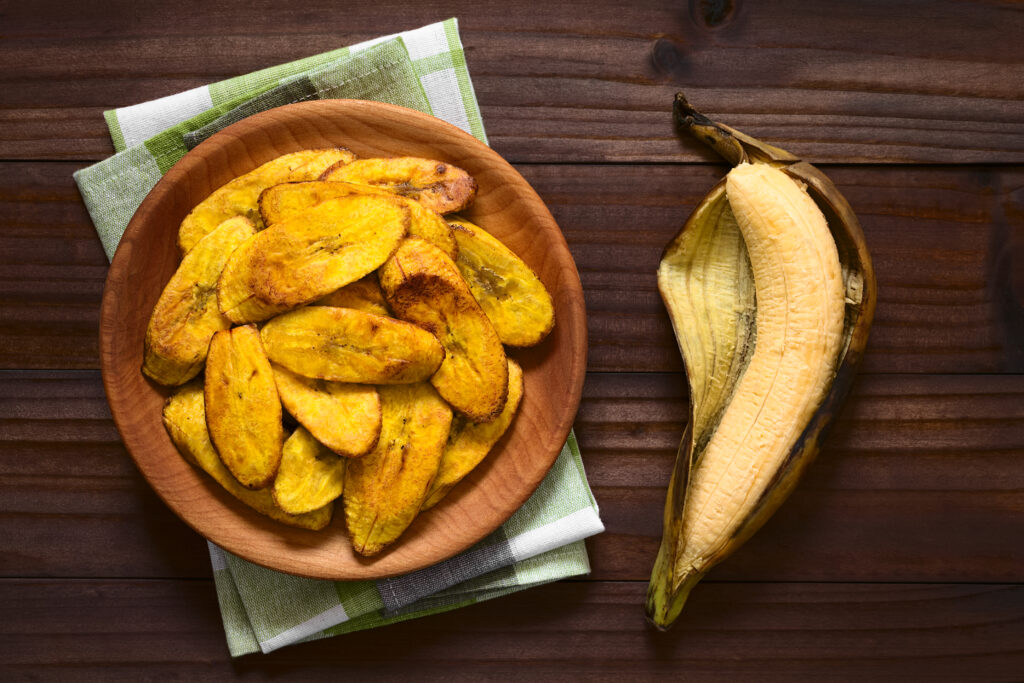
Tipping: Tipping is always at your discretion, but expected when someone helps or assists you. In most of Guatemala, a 10% service charge is expected on top of the restaurant bill.
Safety: Do not be overly worried, but just be aware that it could happen anytime, wherever you travel.
Follow our Before You Go guides for safety tips and advice. .
Time Difference: The time difference in Guatemala is GMT/UTC – 6. For other time differences, please visit www.timeanddate.com
Voltage: 110 volts, US-style two pronged plugs
We are passionate adventure travelers who want to share the world and our travel experiences with everyone…
This website uses cookies so that we can provide you with the best user experience possible. Cookie information is stored in your browser and performs functions such as recognising you when you return to our website and helping our team to understand which sections of the website you find most interesting and useful.
Strictly Necessary Cookie should be enabled at all times so that we can save your preferences for cookie settings.
If you disable this cookie, we will not be able to save your preferences. This means that every time you visit this website you will need to enable or disable cookies again.
